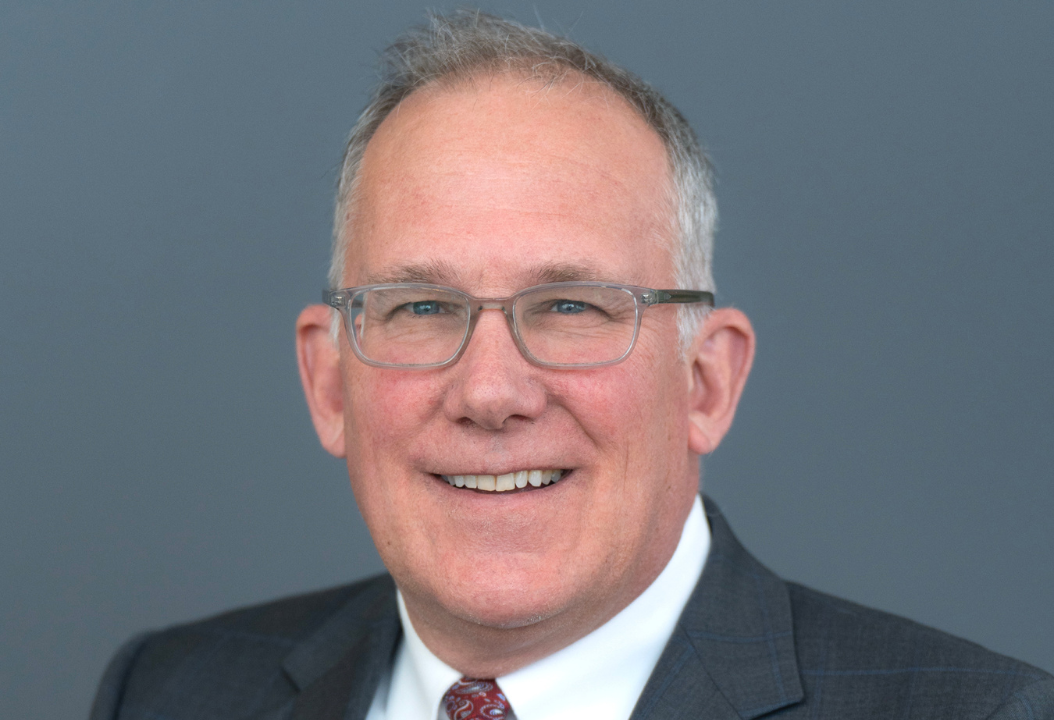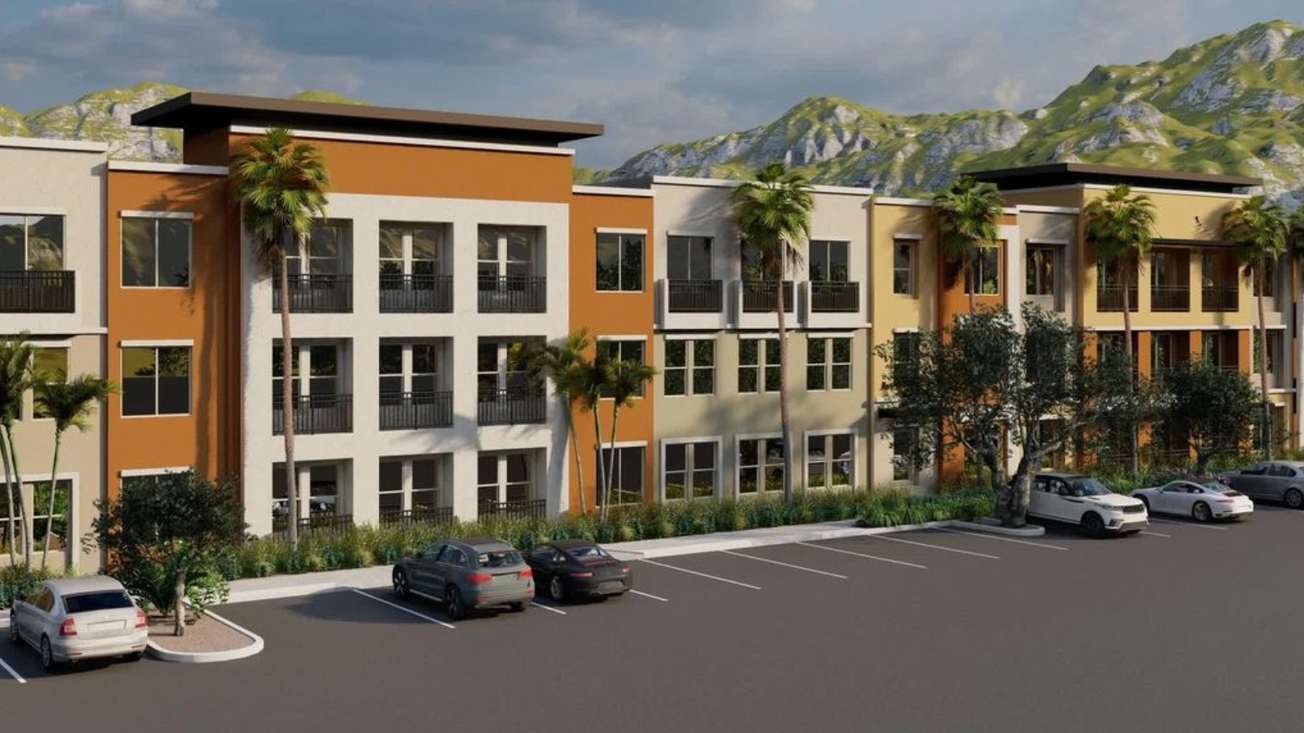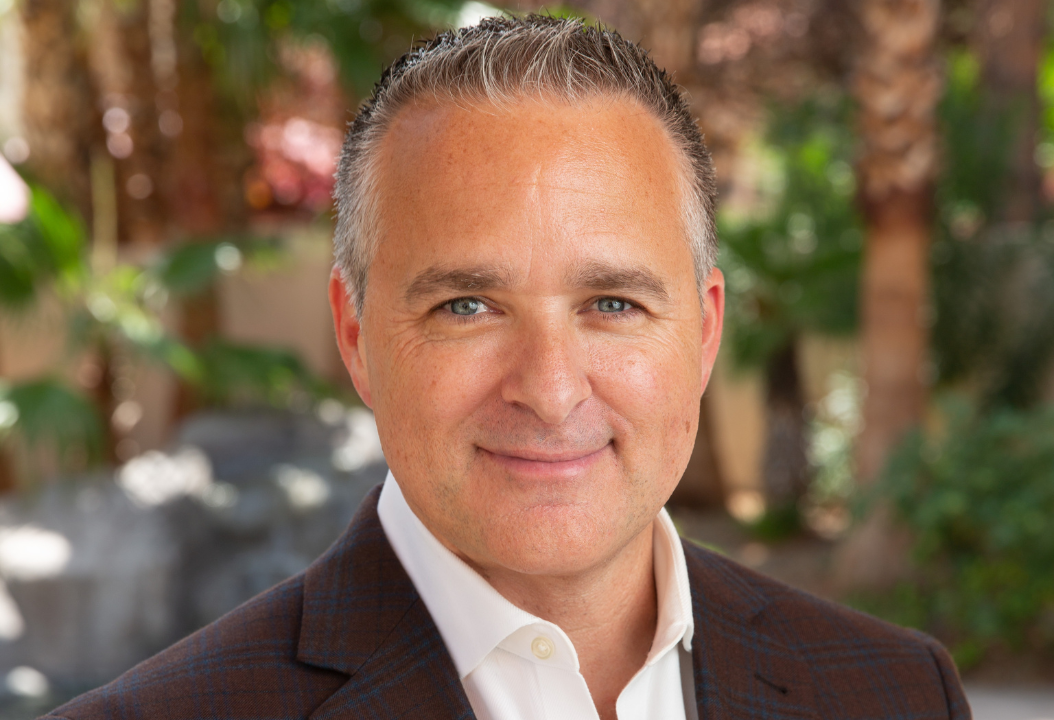Subscribe to our email newsletter and follow us on social media.
This commentary is written by PNC Chief Economist Gus Faucher.
- Real GDP rose 2.9% in the fourth quarter, slightly better than the consensus expectation.
- Consumer spending and inventories were the major contributors to growth in the fourth quarter. Housing once again was a big drag on growth.
- Inflation slowed in the fourth quarter, but services inflation accelerated, and the Fed will raise the fed funds rate next week.
- PNC expects a mild recession in 2023.
The fourth quarter GDP report was solid. Consumer spending, which makes up about two-thirds of GDP, rose at a decent pace despite drags from high inflation and interest rates and a loss in household wealth. Housing was once again a major drag as higher mortgage rates have led to a big contraction in residential construction. Business investment growth was modest, with spending on equipment down. Trade, government, and inventories all added to growth in the fourth quarter, but those components tend to be volatile.
Although the economy expanded in late 2022, PNC expects a mild recession this year. Housing will remain a drag, and higher interest rates will weigh on other sectors like consumer durable goods and business fixed investment. Consumer spending on services will suffer as job losses weigh on labor income. Trade will be a drag in the near term with high COVID cases in China and softness in overseas economies.
The inverted yield curve, with yields on short-term US Treasurys above those on long-term Treasurys, indicates a recession should start around mid-2023. Any downturn should be mild, given that firms will limit layoffs due to the tight labor market, consumer and business balance sheets are in good shape, the housing market is not overbuilt, and the banking system is well-capitalized. Real GDP is likely to fall about 1% peak-to-trough, before picking up in about a year as the Federal Reserve starts to cut interest rates in response to slower inflation and a worsening labor market.
Real GDP increased 2.9% at an annual rate in the fourth quarter of 2022, slightly above the consensus expectation of 2.6% growth. This followed a 3.2% increase in the third quarter, but small declines in the first and second quarters of last year. Real GDP was up 1.0% in the fourth quarter from one year earlier, below the economy’s long-term potential of around 1.7%. Averaged across the four quarters of the year, real GDP in 2022 was up 2.1% from 2021.
Other 4Q data indicated that real consumer spending rose 2.1% annualized in the fourth quarter, adding 1.4 percentage points to growth; most of the increase came on spending on services.
There was a modest increase in business fixed investment, which rose 0.7% annualized, although there was a big drop in spending on equipment. Business fixed investment added less than 0.1 percentage point to growth in the fourth quarter.
Investment in residential structures (homebuilding, repairs, renovations) fell for a seventh straight quarter as higher interest rates remain a drag. It fell almost 27% at an annualized rate, subtracting a very large 1.3 percentage points from growth.
Government consumption and investment increased for a second straight quarter, up 3.7% annualized, adding 0.6 percentage point to growth. Trade was positive for real GDP growth in the fourth quarter, adding 0.6 percentage point. Exports fell 1.3% annualized in the quarter, but imports fell 4.6%, offsetting this; lower imports add to GDP growth.
Inventories added 1.5 percentage point to growth in the fourth quarter, after subtracting from growth in the second and third quarters.
The GDP price index increased 3.5% at an annual rate in the fourth quarter of 2022, down from 4.4% in the third quarter and 9.0% in the second quarter. The personal consumption expenditures price index, the Federal Reserve’s preferred inflation measure, rose 3.2% annualized in the fourth quarter, down from 4.3% in the third quarter and above 7% in both the first and second quarters of last year. Goods prices fell in the fourth quarter, but services inflation accelerated. Core PCE inflation (excluding food and energy) was 3.9% in the fourth quarter, down from around 5% in each of the first three quarters of last year.
On a year-ago basis the GDP price index was up 6.1% in the fourth quarter. The PCE price index was up 5.5% year-over-year, with the core PCE price index up 4.7%.
Inflation has peaked but remains above the Fed’s 2% objective. The Federal Open Market Committee is concerned that services inflation, driven by the tight labor market and strong wage growth, could lead to persistently high inflation and is set to increase the federal funds rate by 25 basis at its meeting next week.
About the author: Prior to joining PNC in December 2011, Faucher worked for 10 years at Moody’s Analytics, where he was a director and senior economist. Previously, he worked for six years at the U.S. Treasury Department, and taught at the University of Illinois at Urbana-Champaign. He serves on the board of directors of The Economic Club of Pittsburgh - the local chapter of National Association of Business Economics (NABE). He is also co-chair of the Financial Roundtable of NABE. Faucher earned a Ph.D. in economics from the University of Pennsylvania and a B. A. in economics from Cornell University.









